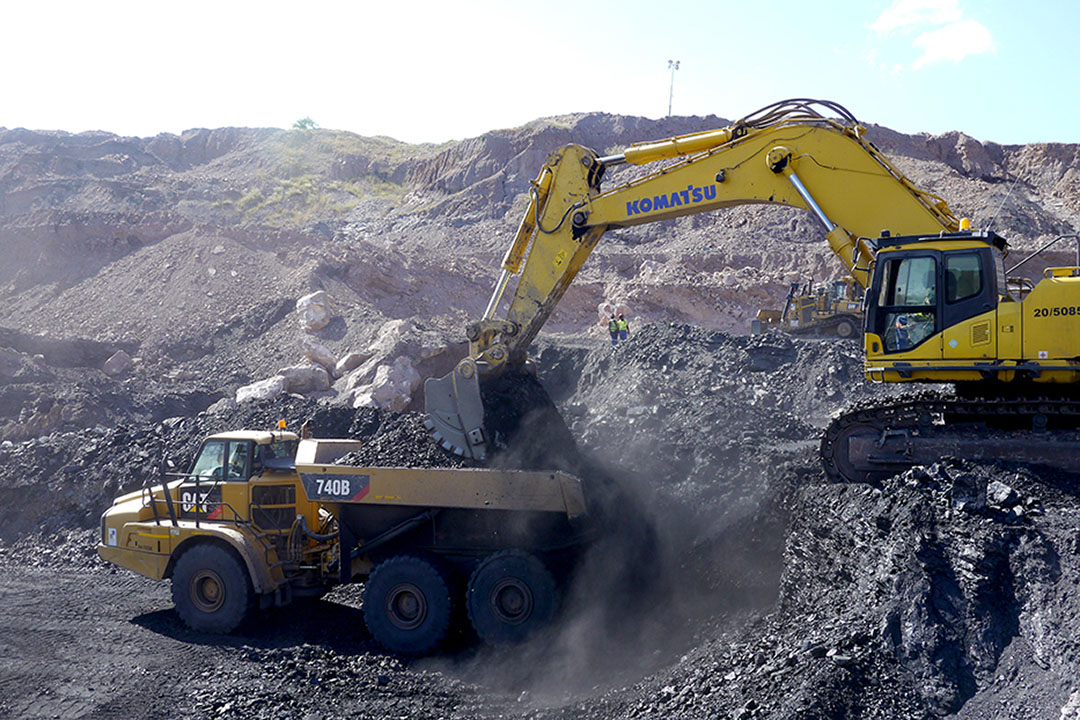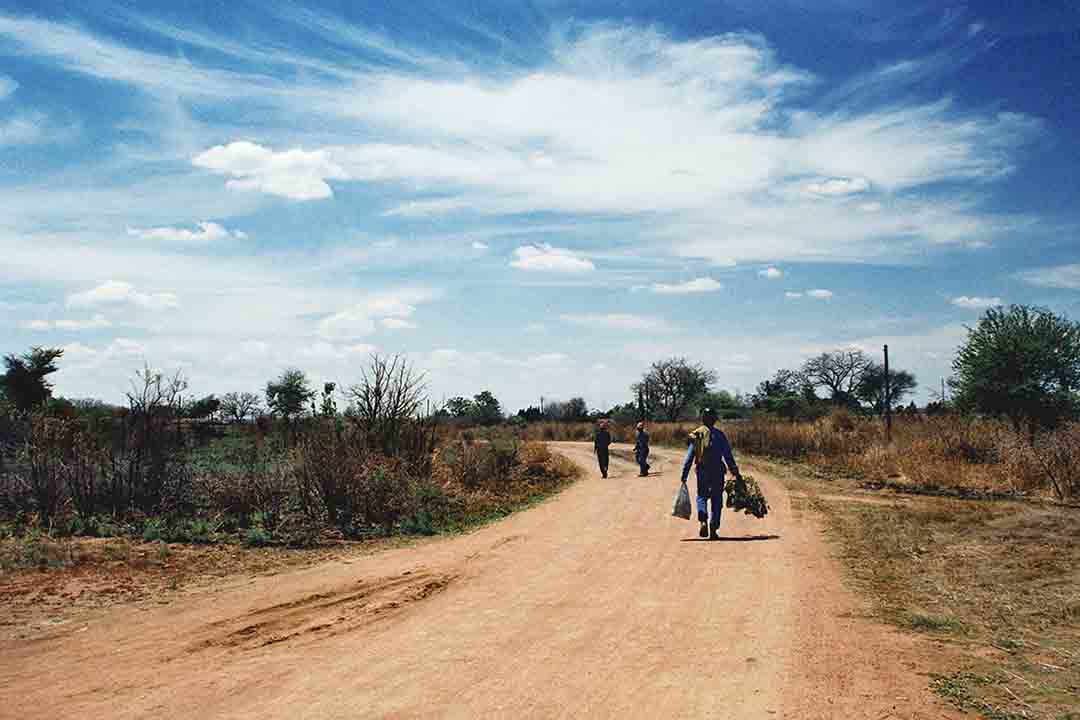How enforceable are the environmental rights in Zimbabwe’s Constitution?

HWANGE COLLIERY, ZIMBABWE – 6 April 2015: Huge trucks excavate coal from an open caste coal mine
In Zimbabwe, environmental rights are among the fundamental rights and freedoms conferred on every person as per the Constitution. Before the enactment of the new Constitution in 2013, environmental rights were not recognised as a fundamental human rights issue.
Although the government had developed various strategies and legislation on environmental conservation, like the National Conservation Strategy in 1987 and the Environmental Management Act (EMA) in 2004, these had not firmly established environmental rights within the framework of fundamental rights and freedoms.
The constitutional status of environmental rights, therefore, raised their profile, equalising them to other rights such as the right to life. This created massive expectations from communities, often affected by negative environmental impacts such as river pollution and exposure to toxic substances, that they would now have an opportunity to get access to justice.
However, the government’s failure to create a balance between the need for environmental conservation and socio-economic development has meant that there has been no better enjoyment and protection of environmental rights in Zimbabwe in general, but mining communities in particular.
Section 73 of the Constitution provides that: (1) Every person has the right
(a) to an environment that is not harmful to their health or wellbeing; (b) to have the environment protected for the benefit of present and future generations, through reasonable legislative and other measures that; (i)prevent pollution and ecological degradation; (ii) promote conservation; and (iii) secure ecologically sustainable development and use of natural resources while promoting economic and social development.
Simply speaking, every person has the right to a safe and clean environment. Although one might assume that naturally all humans by virtue of “being’’ have a real, direct and substantial legal interest in any environmental affairs such that the process of accessing environmental justice need not be complicated, this is not the case. This is so, notwithstanding that environmental damage has the potential to instantly undermine health or significantly increase this happening in the future. Environmental damage can even destroy the resources on which communities depend for food and a livelihood. In the case of mining communities, the probability of these risks becoming real are high given the fact that mining by its very nature is devastating to the environment.
The environmental degradation caused by mining is such that some believe the talk of “sustainable mining’’ is a fallacy.

Knocking-off time for miners – a shot from the countryside of Zimbabwe close to a gold mine.
For instance, in a scientific study conducted by the Zimbabwe Environmental Law Association (ZELA) of the Save and Odzi Rivers, it was observed that there were no fish to be found around the Mangwadza site, just downstream from where the Singwizi River discharges mining effluent into the Save River. This was due to the high levels of pollution.
Despite these facts, proof is required to enforce the environmental rights provision. For starters, there must be sufficient connection with an applicant to establish locus standi. The applicant must show that they have a real, direct and substantial legal interest in the case.
Since environmental damage affects others who may not be directly interested and is a matter of public interest, the government could move towards non-judicial and administrative agencies who may not be bound by formal judicial requirements.
Further, to get access to justice through the courts, the environmental issue must be a live one and not merely hypothetical. This poses the question of the rights of future generations under section 73(b). Clearly, the state has a duty to protect the environment for both present and future generations.
To what extent can the environment be protected for the benefit of future generations through judicial mechanisms? How can future generations have locus standi for environmental rights when they in fact are not alive?
Arguably, as hypothetical as it sounds, true environmental justice in the spirit of intergenerational rights envisaged by the Constitution denotes that any person can approach the courts to secure the environmental rights of future generations. After all, “We do not inherit the earth from our fathers, we borrow it from our children’’. Any environmental damage now will most certainly have an impact on future generations.
The government has the duty to ensure that choices made in the use of natural resources do not subjugate the safety and health of surrounding communities. Therefore, participation of affected communities in decision-making on the use of their resources, coupled with access to information as per section 62 of the Constitution, automatically become the bedrock upon which environmental rights can be enforced and enjoyed. According to section 4(2) of the Environmental Management Act (EMA), all people should participate in environmental management. In practice, women and youth participation in consultations about mining initiatives is limited. Access to environmental justice through the courts and other non-judicial mechanisms becomes crucial.
Sections 97, 98, and 99 of the EMA make provision for an Environmental Impact Assessment (EIA) to be carried out before the implementation of certain projects listed in the First Schedule (including projects involving forestry, mining and quarrying, and infrastructure development). An EIA provides an opportunity for communities to be consulted on how projects and/or developments are likely to impact their livelihoods and the relationship they will have with the resource found in their localities – either positively or negatively. When properly conducted, EIAs can provide a mechanism for community involvement in the policy and decision-making processes of natural-resources management.
Despite the EIA requirement, the Mines and Minerals Act is continually under criticism from environmental groups, mainly because it appears to override all other legislation in Zimbabwe. Prospectors and miners are allowed access to almost all land within the country, including national parks (Section 26). However, there are some restrictions that include written consent from the “owner” (Section 31). Prospectors and miners are allowed access to water (Section 29) and timber (Section 36), with certain restrictions. Landowners may apply to the mining commissioner for a reservation against the cutting of indigenous timber, but the miners may take up to 50% of the timber on the land.
Sections of the Mines and Minerals Act that relate to the environment
|
Section |
Comment |
|
267 |
The miner may remove buildings and machinery from an abandoned, forfeited or cancelled mining location |
|
269 |
The miner is required to fill in all shafts, open-surface workings and excavations, or to deal with them otherwise to ensure the safety of people and livestock. This should be done within 30 days of abandonment |
|
311 |
Timber on “town lands” cannot be cut without the permission of the mining commissioner |
|
312 |
Water from mining operations on “town lands” shall not pollute surface water with mine water – but it must be disposed of in the nearest natural water channel |
|
370 |
Prospectors are required to fence or enclose the mouths of all shafts and other open-surface workings for the protection of people and livestock. He should maintain these during the period that prospecting is continuing |
|
403 |
The minister can make regulations as deemed expedient regarding safety, sanitation, housing and feeding of employees, welfare etc; amongst other administrative matters. |
Environmental rights come with the expectation of repair or environmental restitution. In the case of ZELA and Zakeu Nhachi and Rosemary Maruwa Jena and Elias Matsveruka and Mayimboti Mayimboti and Isaac Ziwenjere V Anjin Investments (Private) Limited and Marange Resources (Private) Company and Diamond Mining Company (Private) Limited, the applicants filed an application against the diamond mining companies for pollution of the Save and Odzi rivers through the discharge of raw effluent and human waste. The initial application was filed in 2012 and it was heard in 2015, three years later. Although Marange Resources and Diamond Mining Company admitted they had indeed been polluting the rivers and agreed to desist from such behaviour, the two companies had already ceased operations due to non-renewal of their licences. In the end, the communities had no one to hold accountable for ecological restoration. By the time the applicants wanted to file for compensation for damages from the pollution and environmental restoration of all river basins, the two companies had closed. This case proves that it is the judiciary that gives life to environmental rights, and an innovative, proactive bench would have included the restorative aspects into the judgment upon admission of pollution by the companies. This was a missed opportunity to set judicial precedent on environmental restitution.

Elephant family with youngsters returning from their evening bath in Lake Kariba, a man made lake located on the border between Zambia and Zimbabwe.
In Marange Development Trust V Zimbabwe Consolidated Diamond Company (Private) Limited (ZCDC) and The Environmental Management Agency, the High Court affirmed environmental rights by ordering ZCDC to stop mining operations until they had acquired an EIA certificate as is required by law. In this judgment, it is stated that the law is very clear. Likewise, in Norton Development Association V Sunny Yi Feng Tiles (Zimbabwe) (Private) Limited and Environmental Management Agency, the High Court made an order halting the operations of Sunny Yi Feng until acquisition of an EIA certificate.
Yet amidst all this, there is a growing trend in the mining sector whereby operations begin without EIA certificates. In Mutoko, the black granite mining activities of Sua Win Investments have allegedly started without valid EIA certificates and the communities are complaining of massive dust pollution and land degradation.
In Chimanimani, residents allege that ZCDC has pegged and started delivery of construction materials without a valid EIA. The area in question encroaches into Bridal Veil Falls inside Chimanimani National Park, which is a protected area. It is only by introducing criminal liability for directors of the companies in such instances – as is being lobbied for by civil society who are advocating for a Legally Binding Instrument on Business and Human Rights – that environmental damage can be taken seriously. When it comes to the environment, prevention of environmental damage is certainly better than cure.
The progressive provision on environmental rights in the Constitution can only be realised by aligning key environmental legislation to the Constitution. In the mining sector, key pieces of legislation are found wanting when addressing recent environmental concerns such as hazardous waste, the emission of “greenhouse” gases, leaking underground storage tanks, or environmental emergency “preparedness” plans. The EMA Act itself must be realigned with the Constitution and so must the Mines and Minerals Act. It follows that transparent and accountable governance of mineral resources, encompassing citizen participation and access to environmental information, will produce environmental friendly outcomes for mining-affected communities in Zimbabwe.
NYARADZO MUTONHORI is a human rights lawyer and activist working in the field of environmental, economic and socio-cultural rights. She has worked with communities in resource-rich areas, empowering them to know their rights and facilitating access to justice where these rights have been violated.








